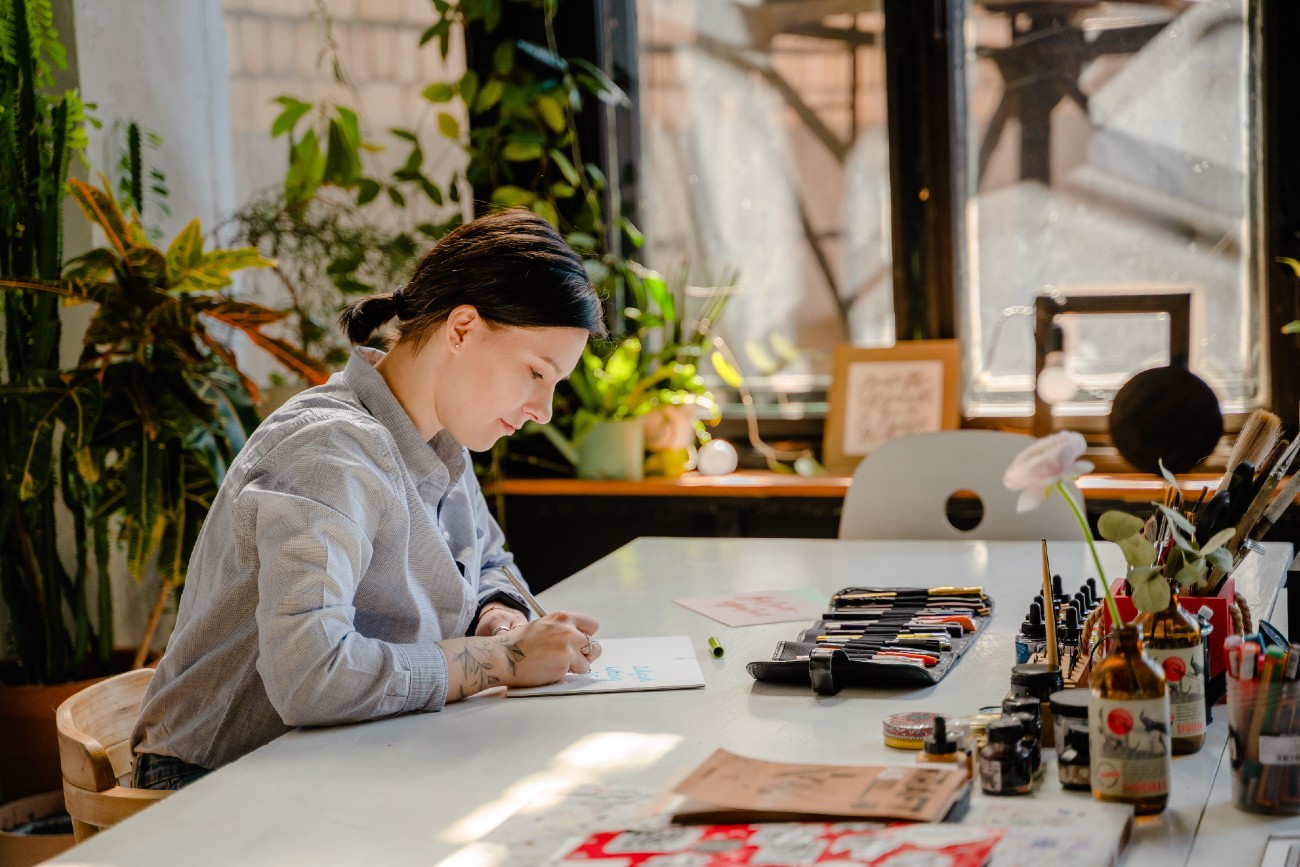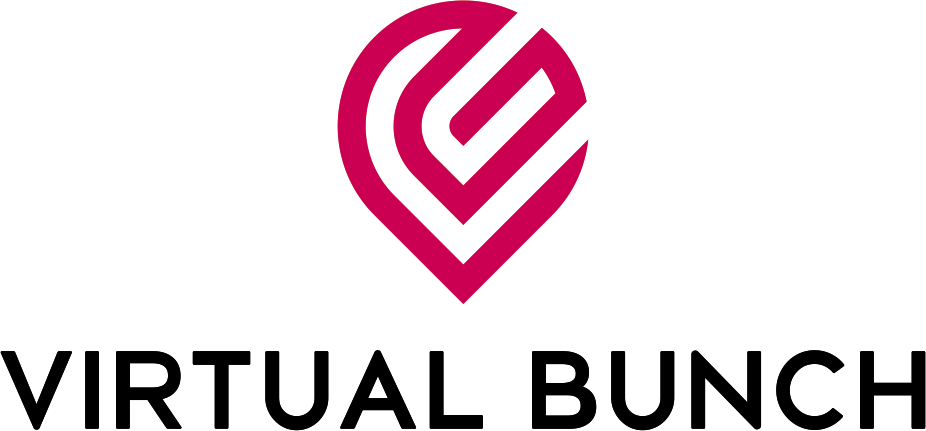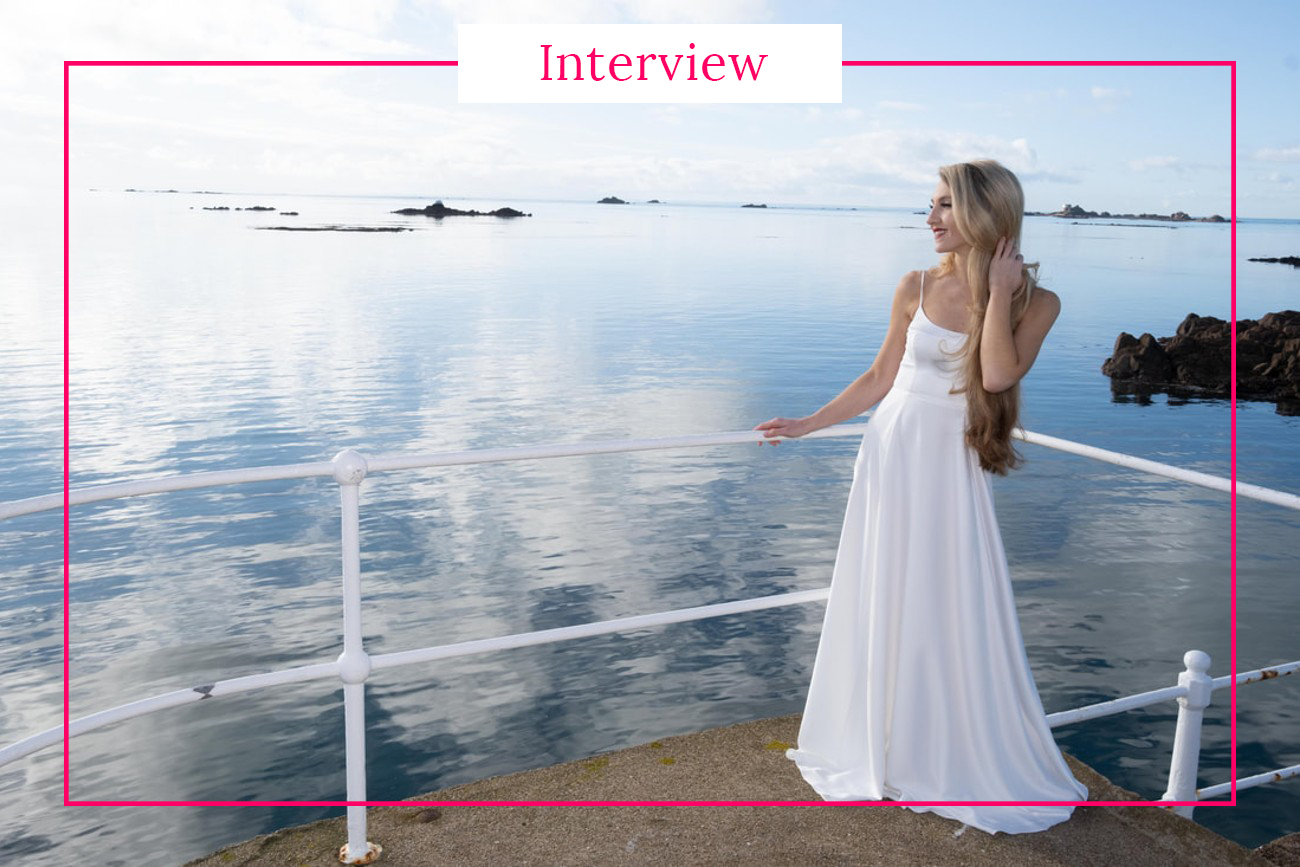
What if you knew that you could improve creative mojo and your employees’ wellbeing by simply changing workplace design? Would you scoff?
Think about it, what happens when people are stumped for a solution to a problem? Most people rack their brains, toss and turn, get stressed or overwhelmed. The creative juices dry up. If it happens too much, they burn out. But that can all change by investing some thought, time and dollars on workplace design.
Let’s look at ways to optimise workplace design to have your employee’s creative inspiration flowing.
Choice Built into Workplace Design
Science has shown that the best way to find creative solutions is to relax our minds and bodies. Doing this allows creative juices to flow unrestrained, open and free from mental clutter.
Think about it; OUR best solutions come when we are in the shower, going for a hike, taking a microbreak or doing something mundane. These are the times when we are in the present moment.
Innovation and ingenious solutions are abundant when we slow down or change up our space and do something different.
If you’re interested in fostering innovation, you need to design a workplace that allows employees to move around, take breaks and get outside with ease.
Do this by allowing staff to choose where and how they work. Have a mixture of breakout areas, quiet and informal meeting spaces for incubating ideas to private rooms designed for concentrated work where people won’t be disturbed.
Don’t worry; the desk is still a space where work is performed. But it’s not the only place where people can work. The addition of separate areas for people to utilise isn’t just good for innovation; it also aids improvement in wellbeing, promoting a less sedentary work life, which is fundamental to health.
Light Utilised in the Office Layout
People exposed to natural light in the office report better quality of life.
Situating workstations and areas designed for collaboration close to windows is ideal. Break out spaces or rooms for rest and rejuvenation can have less lighting to decrease stimulation.
But this is not always possible.
If the building structure reduces the natural light or the external climate produces short winter days, consider circadian lighting. This type of lighting imitates the changing composition of light throughout the day. Also, transparent partitioning within the inner layout allows light to infiltrate workspaces more easily.
Movement Incorporated into Workplace Design
Movement is essential for wellbeing, and it is now thought that sitting for long periods is as destructive to workplace health and wellbeing as smoking.
There are many ways to increase movement throughout the workplace. Weaving it in through movement-friendly policies and ergonomic design is a start.
One of the most cost-effective ways of incorporating this into workplace design is through a sit-stand desk. Converting these to either position happens in seconds. Standing meetings have also increased in popularity and seem to be an effective form of collaboration.
Other ways to incorporate movement into the office workplace designs include providing bike storage areas, changing rooms, and shower facilities. This allows people to exercise before work or during their lunch break. You can also provide the standard workplace perk of reduced gym membership costs as an incentive.
Colour Used in the Workspace
Much has been written about the psychology of colour in the workplace and its influence on mood and wellbeing.
Certain colours impart a sense of calm and wellbeing such as blues and greens. While other colours, such as oranges, yellows and reds foster creativity.
Inject colour through wall paint, furniture selection, artwork and even carpeting. The only limit is your imagination. If you want to get it correct the first time, consider hiring a professional. They will incorporate your companies specific requirements and workplace layout into their suggestions.
Nature Included in the Workplace
There is a significant increase in businesses introducing plant life and natural elements to the office space. Plants increase oxygen levels which enhance concentration, mood and productivity. They also help to boost creativity.
Incorporate living walls and ensure there are pleasant views visible from key working areas. Also, consider natural finishes such as wood and stone furniture allowing for tactile stimulation.
A major key to employees’ wellbeing is through allowing them to work, adapt and change as the situation and surroundings require. Enhancing workplace layout or design enables you to achieve this flexibility while making the workspace enjoyable and mentally and physically healthy. This allows your employees to thrive, even when they are being challenged—an essential for their overall wellbeing.
Would you like to find out more about how to improve your working environment? Then check out the following article: How working in nature can change your life



